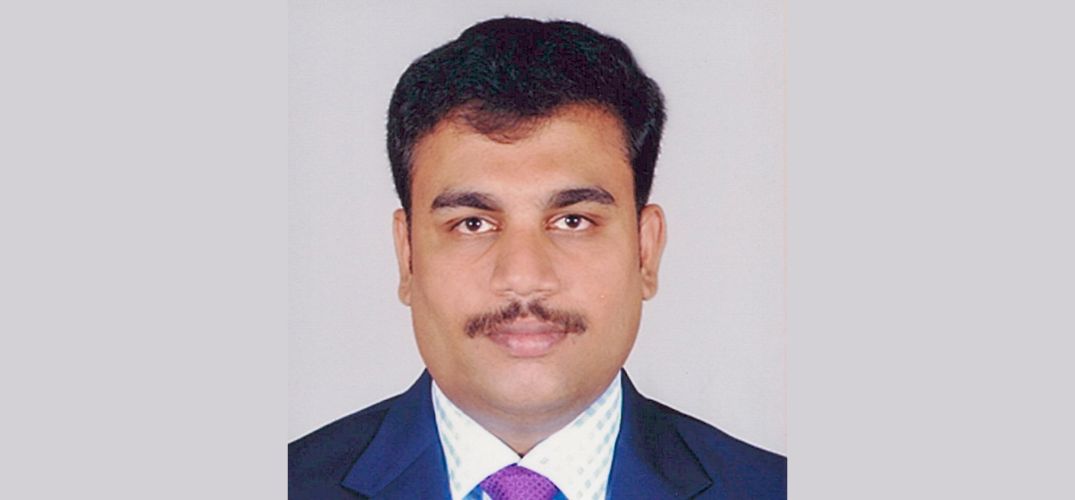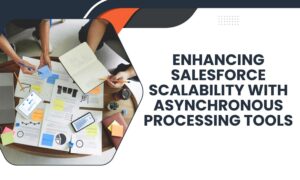In the rapidly evolving world of SaaS, pricing models and purchasing experiences are undergoing a significant transformation. As enterprise buyers grow more digital-savvy and demand greater control, traditional subscription models and sales-led processes are giving way to more flexible, user-centric approaches. For cloud-based CRM applications, this evolution is particularly pronounced.
About the Author
Shivakrishna Deepak Veeravalli is a seasoned Senior Salesforce Engineer with extensive experience leading large-scale CRM and revenue operations transformations. Known for his strategic vision and technical expertise, Deepak has consistently delivered innovative, data-driven solutions that align technology with business growth. His work emphasizes automation, cross-functional collaboration, and the intelligent application of CRM architecture to optimize enterprise performance.
From Subscription to Smart Consumption
SaaS pricing once followed a predictable pattern: fixed, per-seat subscriptions billed monthly or annually. While simple, this model often failed to align costs with actual usage. As customer expectations evolved, so did pricing strategies. Usage-based and hybrid models are now gaining traction, offering scalable solutions where companies pay based on consumption metrics like data volume, user interactions, or API calls.
This shift reflects a deeper trend—aligning price with value. For CRM providers, that means allowing businesses to pay proportionally to their engagement with the platform. It promotes transparency, encourages adoption, and scales with customer success. Hybrid models, which blend flat fees with usage tiers, have emerged as a sweet spot—offering predictability with the flexibility of scale.
Empowering Buyers: The Rise of Omnichannel, Rep-Free Sales
Today’s enterprise buyers prefer to self-educate, self-serve, and transact digitally. CRM vendors are responding by enabling seamless, sales-rep-free purchasing journeys. From interactive product tours and free trials to real-time pricing calculators and in-app upgrades, buyers can explore, evaluate, and commit—all on their own terms.
Omnichannel touchpoints enhance this experience. Whether through web platforms, mobile apps, chatbots, or cloud marketplaces, CRM solutions are becoming more accessible across channels. The result is a streamlined path to purchase, free from traditional friction. Buyers can start with a trial, scale usage organically, and only engage human support when needed.
The Strategic Advantage of Product-Led Growth
This sales approach is rooted in product-led growth (PLG), where the product itself drives acquisition, retention, and expansion. For CRM platforms, it means designing intuitive, onboarding-friendly features that demonstrate value upfront. When customers see impact early, conversion follows naturally.
Behind the scenes, these models demand robust operational infrastructure. Real-time analytics, usage monitoring, and dynamic billing systems are critical. CRM providers must also align internal teams—sales, product, finance—to support a fluid, data-driven customer journey.
Case in Point: Redefining Self-Serve at Zenefits
A bold example of this transformation was led by Senior Salesforce Engineer, Shivakrishna Deepak Veeravalli. He spearheaded a strategic initiative to optimize the company’s self-serve leads by crafting a seamless process that minimized friction and converted prospects into customers without requiring a dedicated sales rep.
The core objective was to identify trial account registrants, monitor their behavior throughout the procurement journey, and intelligently route qualified leads. Deepak overcame challenges in lead sourcing, scoring, routing, and behavior tracking by collaborating with stakeholders and leveraging advanced automation.
He designed a scalable scoring system, implemented event tracking for feature interactions, enriched data in real-time, and ensured deep CRM integration. His implementation reduced lead conversion time from 30 days to one week, tripled the self-serve lead conversion rate, and doubled revenue from these deals—contributing significantly to overall business growth.
Key contributions included designing behavior-driven algorithms, integrating event-driven architectures using Salesforce tools, and ensuring data quality through rigorous testing and validation. Post-launch, he implemented analytics dashboards and audit systems to monitor performance and maintain integrity. The result: increase in new customers, a 50% boost in deal velocity, and a 10X reduction in payment processing errors.
This innovative solution proved that when automation and insight meet thoughtful design, rep-free selling can become a powerful, scalable driver of growth.
Navigating the Challenges
Transitioning to usage-based and rep-free models isn’t without hurdles. Forecasting revenue becomes more complex. Customer support must evolve to guide users proactively. Pricing transparency must be paired with guardrails to prevent bill shock. Yet, with thoughtful implementation, the payoff is clear: faster deal cycles, higher customer satisfaction, and improved net revenue retention.
Conclusion: A New Era of SaaS Buying
The evolution of SaaS pricing and omnichannel selling reflects a broader shift in enterprise software: putting the buyer in control. For cloud-based CRM applications, this means offering more than just a tool—it means delivering a frictionless, value-aligned experience from day one.
Shivakrishna Deepak Veeravalli’s work at the intersection of Salesforce engineering and business innovation is a testament to this future. By merging technology with strategic foresight, he has enabled transformative change that enhances both the buying experience and operational excellence. As SaaS companies continue to embrace this new era, Deepak’s leadership serves as a model for how technical vision can drive customer-centric growth.































